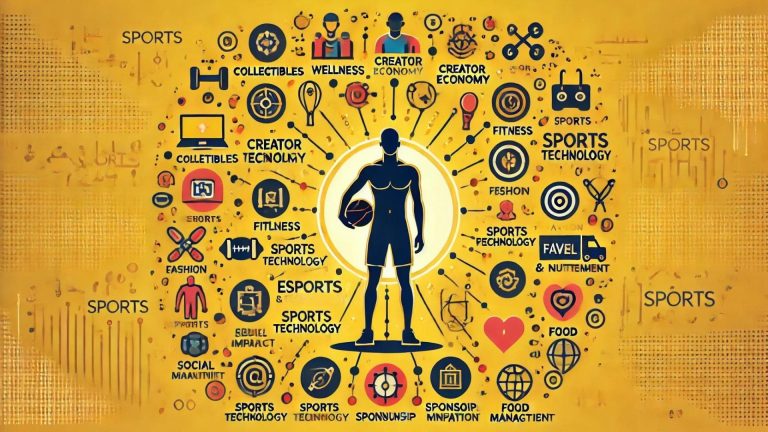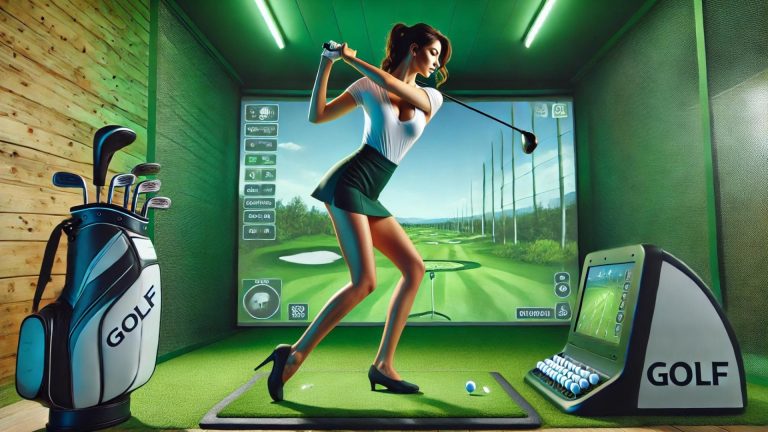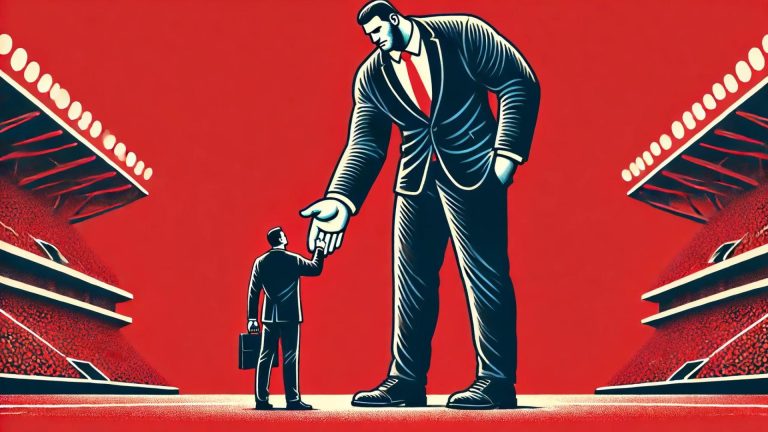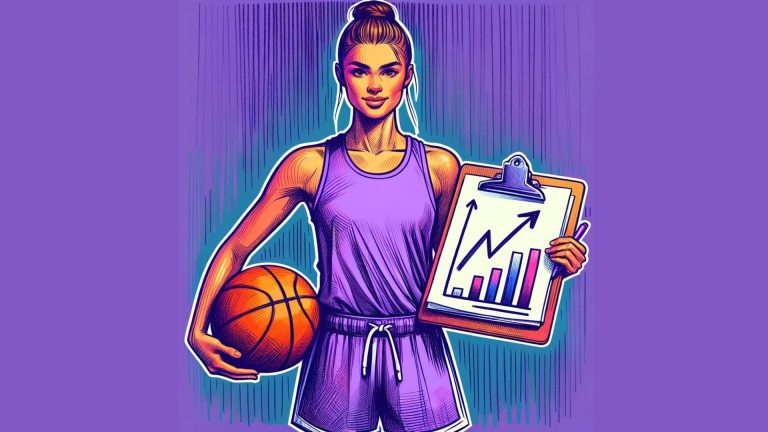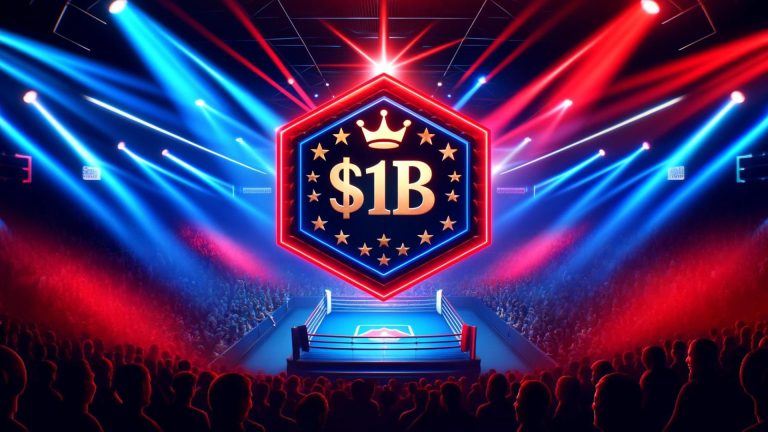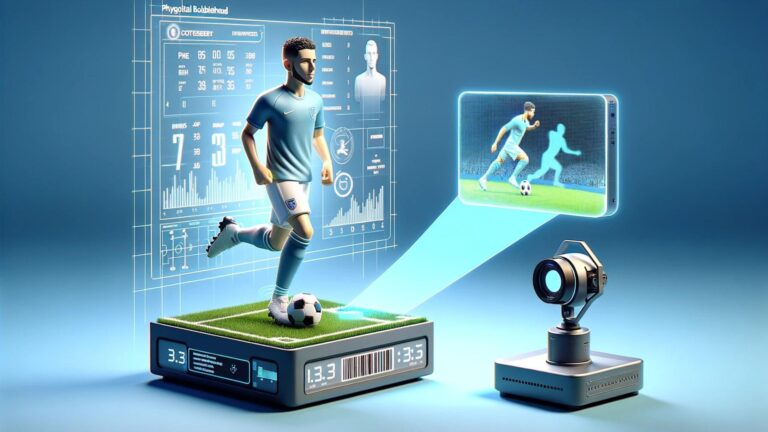There’s a reason Warren Buffett is one of the greatest investors to ever live.
He never gets caught up in the hype, or “shiny gold objects” as they say.
Buffett lets things settle and finds the companies building products/services that will actually change the world (and create a MOAT in the process).
The current “shiny gold object” is artificial intelligence (AI).
We saw this last week when AI content platform Jasper raised $125M at a $1.5B valuation.
But in sports, we’ve had companies utilizing AI technologies for years. Today, I want to focus on a few of them.
Let’s Dive In 👇
AI x Sports
What is artificial intelligence exactly?
If you browse the internet you’ll find an array of definitions.
These are my two favorites:
1. In its simplest form, artificial intelligence is a field that combines computer science and robust datasets to enable problem-solving.
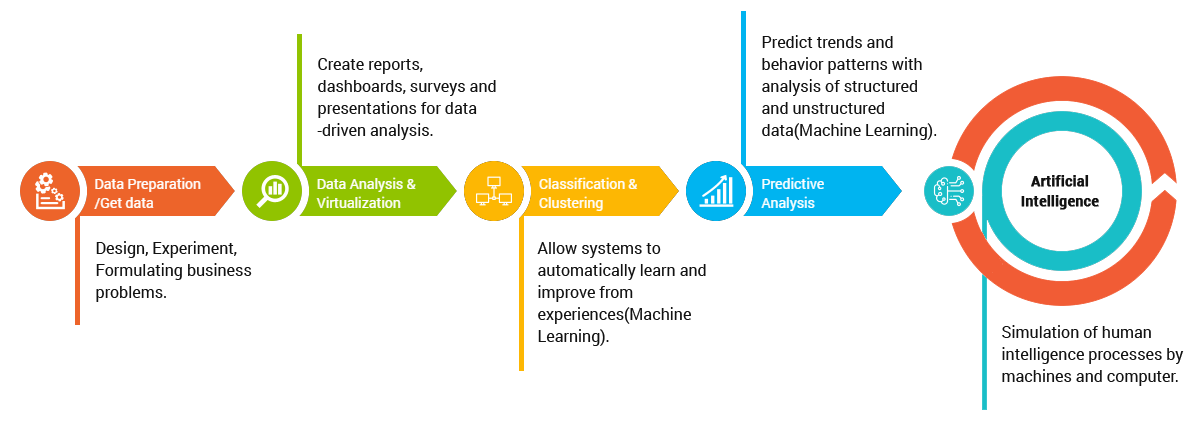
2. Artificial intelligence refers to systems or machines that mimic human intelligence to perform tasks and can iteratively improve themselves based on the information they collect.
So human-like robots taking over the world?
Not exactly.
AI isn’t intended to replace humans — but significantly enhance human capabilities and contributions.
It’s a pretty big market in sports already:
- The global AI sports market was worth $1.8B in 2021 and is forecasted to reach $19.9B by the year 2030 (CAGR of 30.4%).
There are thousands of sports companies already utilizing the power of AI and machine learning — we’ll touch on a few of them down below.
Main Use Case of AI in Sports
Artificial intelligence is going to be used in ways we can’t even imagine yet.
This infographic is a preview of the current landscape of AI-based startups in sports.

Sports Analytics
This is the most common place we see AI being used in sports.
And it makes sense…
It’s all about organizing data in a way that leads to optimizing decisions for players, coaches, trainers, general managers, etc.
The blockbuster film Moneyball perfectly portrayed how the Oakland Athletics used data (sabermetrics) to build a competitive baseball team despite being on a low budget in the early 2000s.
Today, we have data analytics infused with AI capabilities.
Sports analytics falls into 3 main categories:
1. On-Field Analytics
This revolves around improving the on-field performance of teams and players (game tactics, scoring, athletes performance, training, and fitness).
In my personal opinion, I think the coolest AI sports technologies are in this domain.
Zone 7 raised an $8M Series A round last year, they created an AI-based injury prediction technology designed to train athletes efficiently while reducing the risk of injury.
AI sports coaching applications are on the rise as well:
- Mustard — helps athletes improve their baseball pitching technique using machine learning
- UpLift Labs — uses biomechanics to help with an athlete’s movements
- SportsBox AI — analyzes golf swings to improve the users’ game by identifying their problem areas
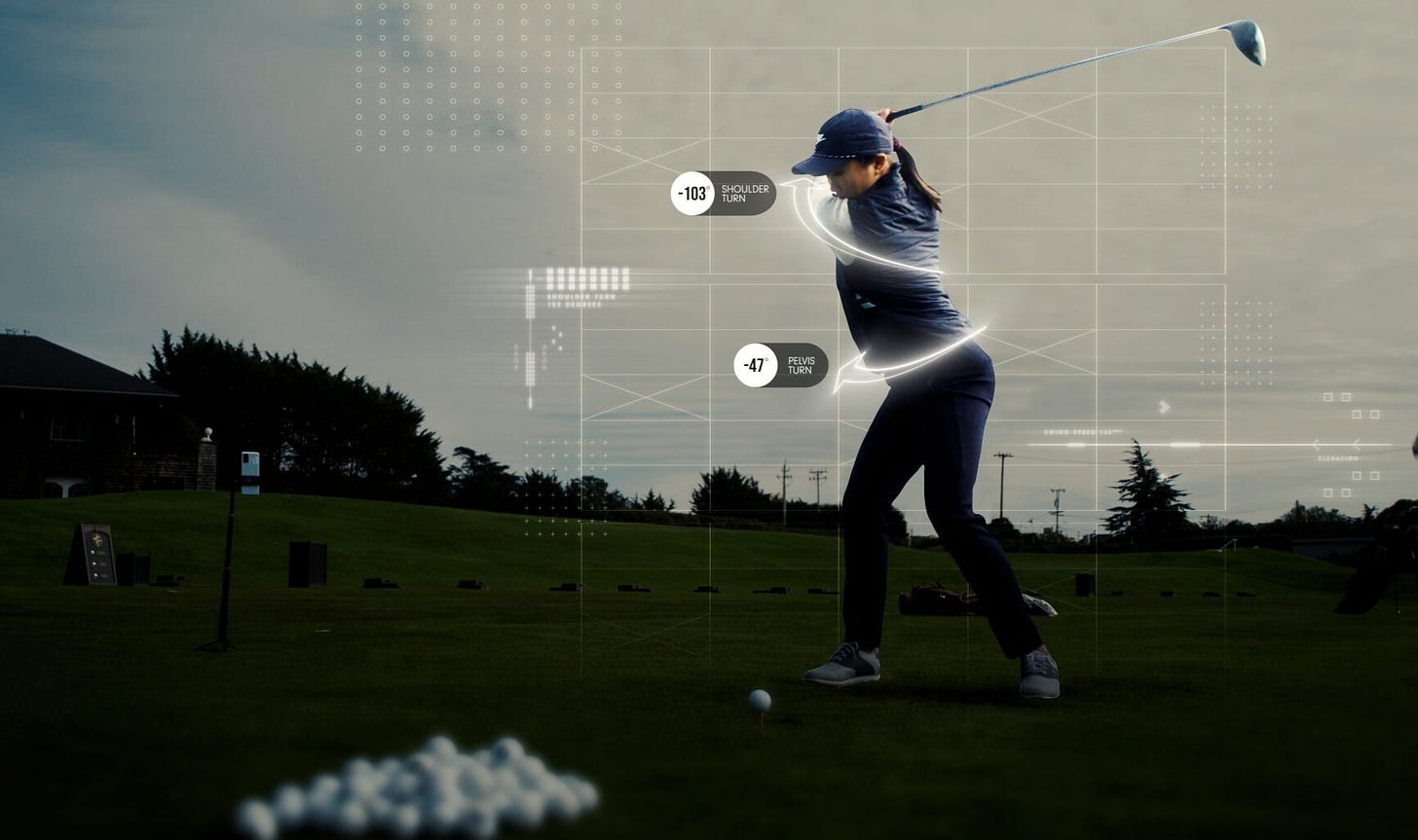
2. Off-Field Analytics
The less sexy side of AI x Sports lives on the business front.
- increase ticket and merchandise sales
- improve fan engagement
- offer highlights of matches
- digital content
- social media
FanAI has been a front-runner in this space — they analyze and segment millions of fan data records to optimize revenue for the organization and the experience for the fans.
3. Sports Gambling
The behemoth of sports betting continues to grow (and so does the supporting data).
Sportsbooks and gamblers alike will pay a premium for any additional insights.
Early-stage companies like Cipher Sports and Swish Analytics are combining data, AI, and machine learning to compile predictions and metrics that help forecast the outcome of sports matches.
Video Analysis for Clubs
One of the first places AI was introduced in sports was in the “video” category.
How exactly?
The most common is with cameras tracking the ball & player’s movements which generates huge volumes of data, analysis, and insights.
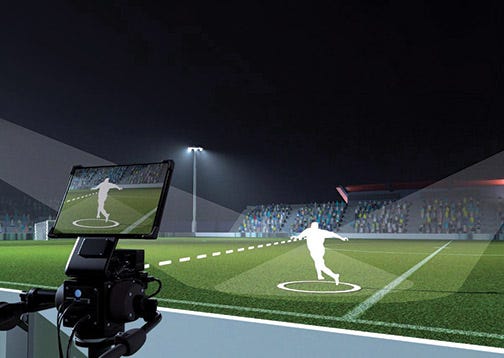
These are then used in an array of different ways:
- scouting
- recruiting
- negotiating contracts
- managerial decisions
These player trajectories provide the sports expert with valuable data of the player’s capabilities and performance.
On top of the data, players and teams are able to use the video clips for their own purposes (ex. posting on social media).
There is currently a massive battle in the video space between:
- Veo
- Hudl
- Trace
- Pixellot
- Spiideo
- Playsight
It will interesting to see how the landscape plays out over the next 5 years.
Video Analysis for Fans
Video is also used enhance the fan experience.
Reely is an AI-powered video platform designed to provide real-time sports and esports highlights.
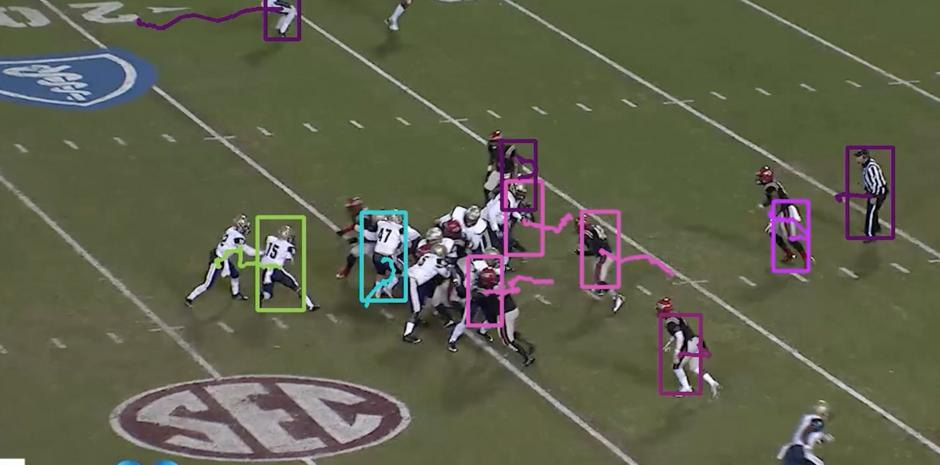
They raised a $3.5M round last year to continue enabling sports teams, content creators, and esports organizations to deliver their best plays to social audiences in real-time.
Augmented reality technology is on the rise as well — which allows stadium visitors to see live match information and player statistics.
Fan Experiences
As explored in Gen Z and Sports, the modern struggle for organizations is engaging their younger fans (as most of it has to be done digitally).
Thanks to AI and machine learning, entities are able to automate many of these processes.
Scoreplay raised over $500k this past summer (including an investment from soccer legend Mario Götze) to continue building out their all-in-one sports media hub.
Chatbots, ticketing, and merchandise solutions (based on sentiment analysis and historical data) are also found in this category.
Esports/Gaming
Some fan platforms enable viewers to play along during live broadcasts (quizzes, predictions, challenges…).
Alternatively, these platforms and mobile apps offer personal performance analytics for competitive gamers and e-sports.
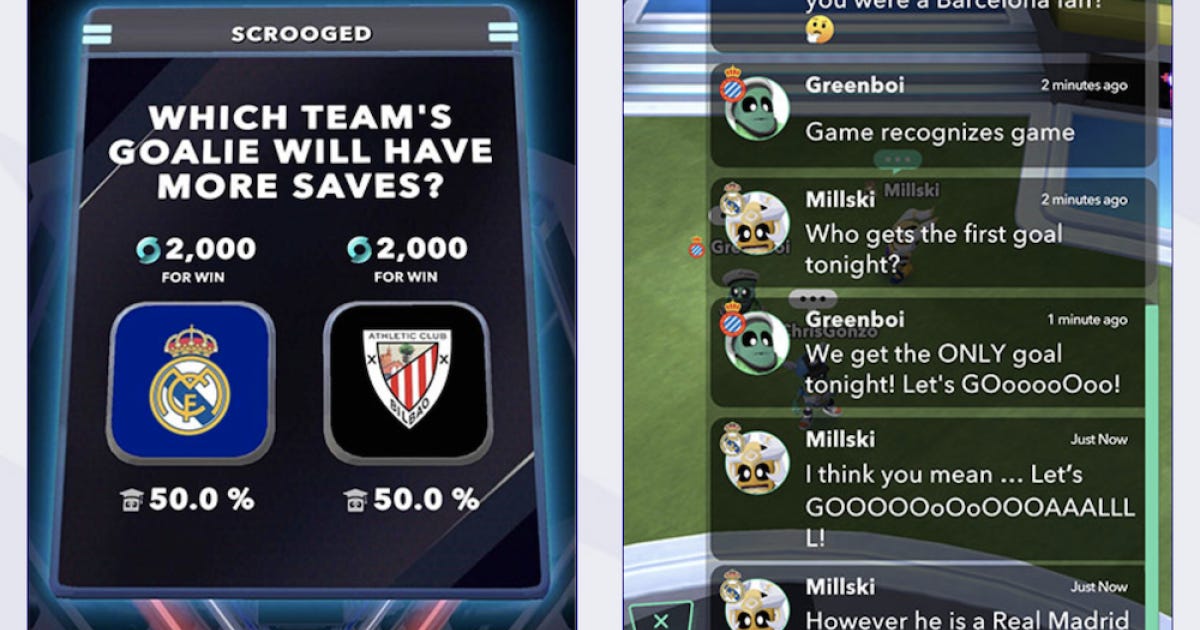
GreenPark Sports is combining the likes of AI, Web3, and Esports to offer mobile games, community, and fan experiences all from a smartphone. They raised a $31M Series B last year.
Going Forward
AI is the buzzword of Q4 2022.
The early stages are promising, but not quite there yet.
Just like we had the rush of NFTs and Web3 in 2021, I think this is a similar scenario.
Both technologies will be flushed out and improved upon in the next decade.
My key takeaway…
AI and machine learning are increasingly requested by fans for a satisfying experience and by sports organizations for a more objective and detailed analysis of their players/operations.
“Data doesn’t lie. People do.”
I’m especially looking forward to AI referees (it’s already improved the game of tennis drastically).
Fun times are on the horizon.

